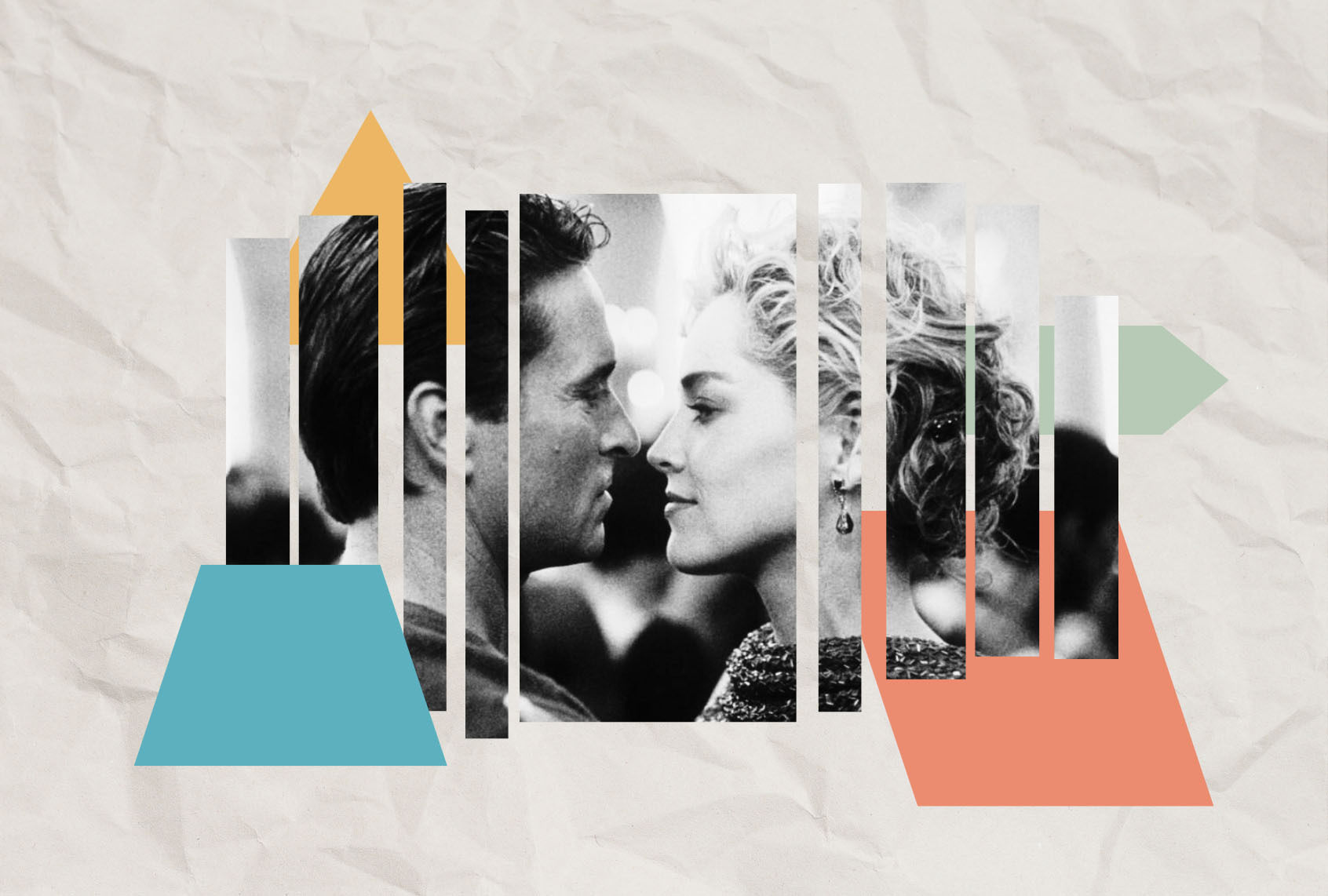Michael Douglas has carved a multifaceted career in Hollywood, embodying characters that reflect the evolving landscape of American masculinity. From a corporate raider in *Wall Street* to a beleaguered everyman in *Falling Down*, Douglas has depicted the confusion and frustration experienced by many men during a time of significant social change. His roles resonate with the themes explored in Jessa Crispin’s new book, *What Is Wrong with Men*, which examines the impact of global capitalism and feminism on traditional male identities.
Crispin argues that Douglas’s performances in the 1980s and 1990s captured a critical moment in American history when economic shifts, women’s liberation, and changing demographics altered societal expectations. The characters he portrayed often reflected a deep sense of anxiety among white men who felt threatened by these transformations. By portraying men grappling with their place in a rapidly changing world, Douglas serves as an unexpected oracle of male anxiety.
As Crispin notes, Douglas’s characters often embody a kind of hysteria, a condition historically attributed to women. These men, confronted by circumstances beyond their control, frequently spiral into states of frenzy, illustrating their inability to navigate the complexities of modern life. The author reframes classic films like *Fatal Attraction* (1987) and *The War of the Roses* (1989) as narratives where men confront the consequences of ignoring women’s issues until they are forced to reckon with them.
Crispin places particular emphasis on Douglas’s role as Gordon Gekko in *Wall Street* (1987). Gekko, with his slick demeanor and unscrupulous business practices, symbolizes the shift in American masculinity from principled hard work to self-serving greed. Crispin highlights the discomfort Douglas has expressed regarding men who idolize Gekko, as the character epitomizes traits that many would argue are detrimental to both society and personal integrity.
The book underscores that the current crisis of masculinity is not merely a fleeting trend but a symptom of broader systemic issues. Crispin asserts that the societal upheaval experienced by men results from a patriarchal system that has failed them, not from the influence of feminism or multiculturalism. The prevailing narrative that links the masculinity crisis to these movements often overlooks the economic realities that have led to the decline of traditional male roles.
Crispin references the alarming statistics surrounding men’s mental health, educational performance, and economic stability. Many men feel increasingly isolated, struggling to form meaningful relationships and facing escalating rates of depression and suicide. These issues are compounded by societal shifts that have left many feeling unmoored and without a clear path forward.
The author argues that the cultural obsession with masculinity crisis media—characterized by books like *The End of Men* and *The Boy Crisis*—often seeks to pin the blame on external forces rather than addressing the systemic changes that have marginalized working-class men. This narrative fails to recognize that the roots of the crisis lie in economic policies that have prioritized capital over people, leading to a hollowing out of the middle class.
As Crispin articulates, the failure to address these issues with nuance perpetuates a cycle of blame and victimhood that does not help men or society as a whole. The book serves as a call to examine the underlying economic structures that have contributed to the current state of masculinity, rather than resorting to oversimplified explanations that vilify feminism or other social movements.
In conclusion, *What Is Wrong with Men* offers a thought-provoking examination of masculinity through the lens of Michael Douglas’s filmography. By analyzing the roles he has taken on throughout his career, Crispin illuminates the broader societal challenges that continue to shape men’s experiences today. As Douglas himself reflects on his legacy and the changing dynamics of masculinity, his characters remain emblematic of a critical discourse on the intersection of gender, economics, and culture.
